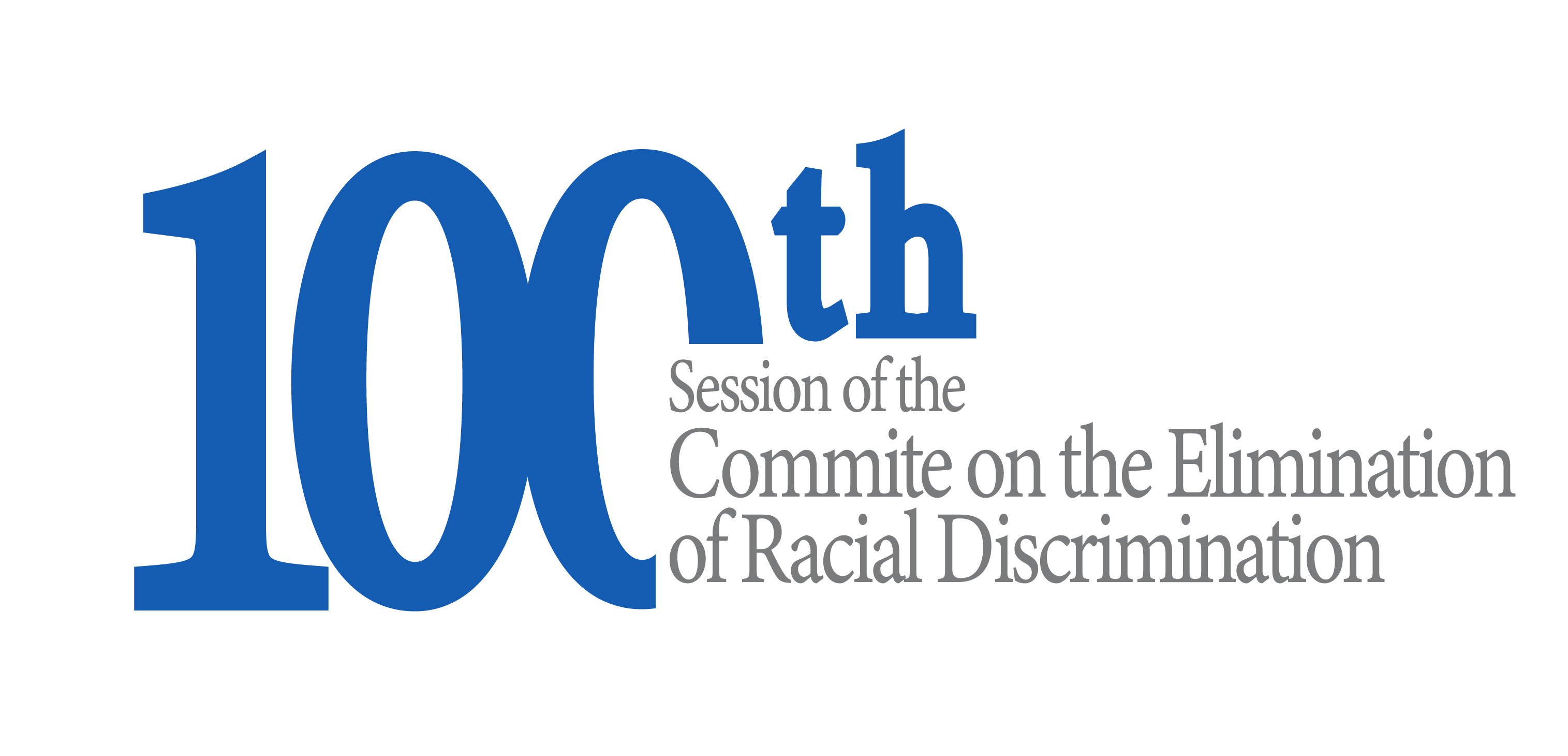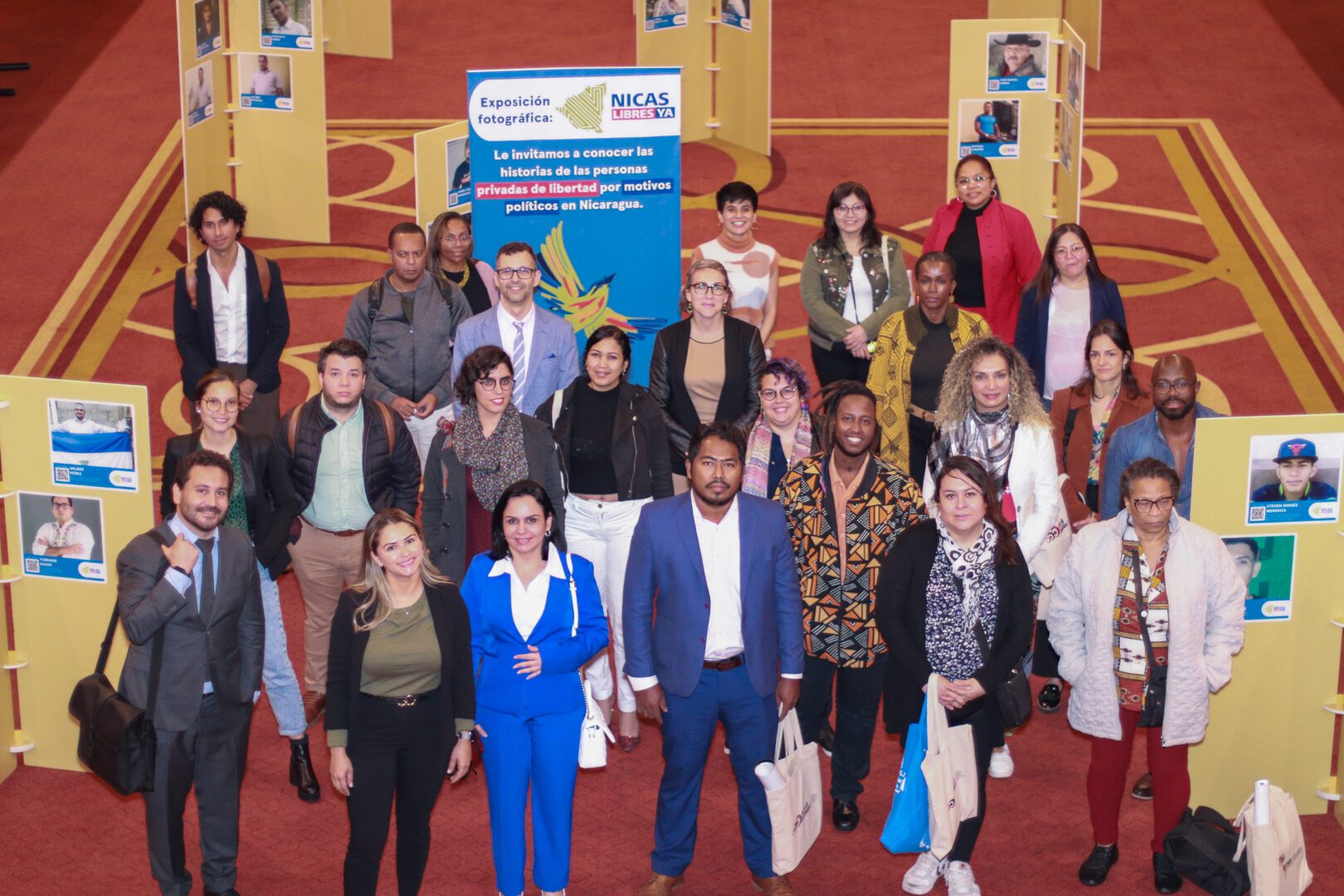Race and Equality honors the work of the Committee on the Elimination of Racial Discrimination
To commemorate the 100th session of the Committee on the Elimination of Racial Discrimination, the International Institute on Race, Equality and Human Rights (Race and Equality) has launched the #CERD100 […]

To commemorate the 100th session of the Committee on the Elimination of Racial Discrimination, the International Institute on Race, Equality and Human Rights (Race and Equality) has launched the #CERD100 campaign to highlight the Committee’s contributions, the successes it has achieved and the challenges it faces as it confronts growing levels of racism and discrimination worldwide.
The campaign amplifies the Committee’s call to civil society organizations to join in the Committee’s work of denouncing rights violations, defending and promoting human rights and building a society marked by truth, peace and justice.
The CERD was the first UN human rights treaty body and for its first seven years was the only one in operation. In its first session in 1970, the Committee established working methods and rules of procedure that would serve as a model for the many human rights bodies that came later. Since that first session, the Committee has carried out more than 1,200 reviews of 167 states, compiled tens of thousands of recommendations for states to bring their laws and policies in line with the International Convention on the Elimination of All Forms of Racial Discrimination (ICERD), and drafted over thirty general recommendations. The CERD has proven to be a key ally for defending and promoting the human rights of the most marginalized people, including people of African descent, the Roma people, indigenous peoples, minorities, people discriminated against for reasons of caste, non-citizens, and migrants.

